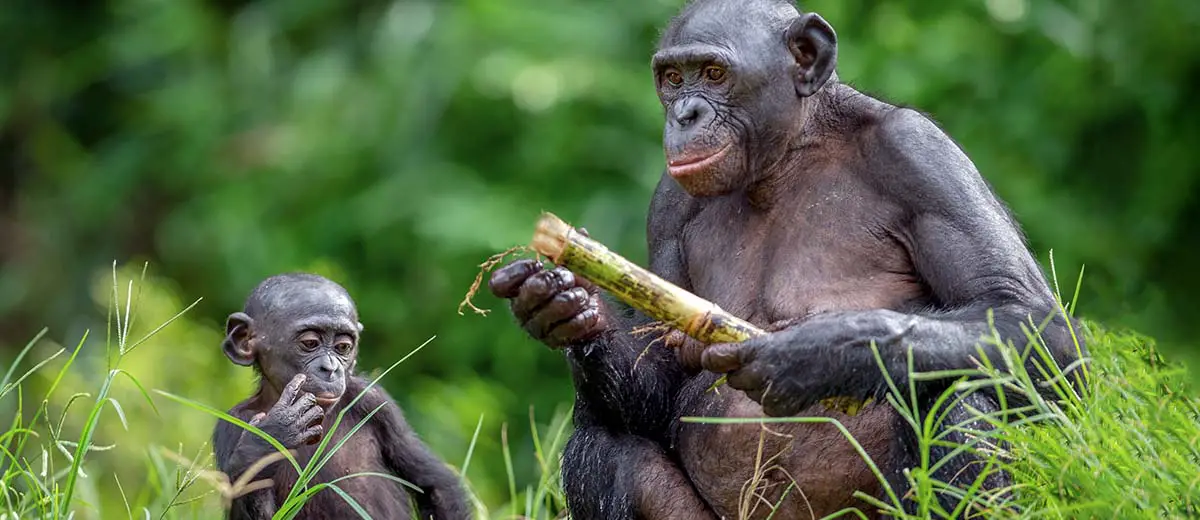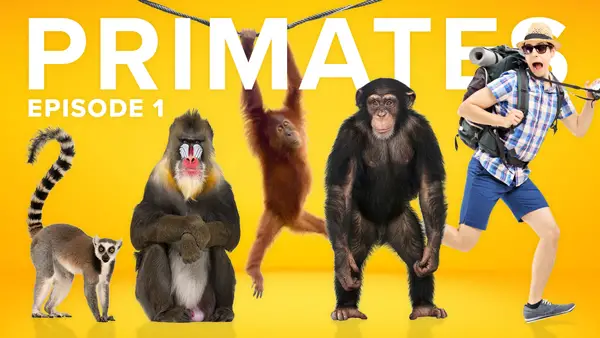The Evolution of Primates is a Crazy Story
In 2005, scientists successfully sequenced the chimp genome for the first time. Darwin and other evolutionary biologists had long postulated that the great African apes are our closest relatives but it wasn’t until we had the ability to compare sequences of DNA that this assertion became more concrete. We now know that chimpanzees share almost 99% of our DNA positioning them as our closest relatives. Through a combination of genetic analysis, fossil evidence and other techniques we’ll explore in this video, scientists estimate that chimps and humans shared our last common ancestor somewhere between 4 to 7 million years ago. From this point, the primate family tree can be traced back over 65 million years. While all of the primates that exist today are themselves evolved versions of their ancestors and not animals we evolved from directly, by comparing the species separated by each of these evolutionary divergences, it is still possible to explore the adaptations made over millions of years to reach the highly evolved primates we are today.
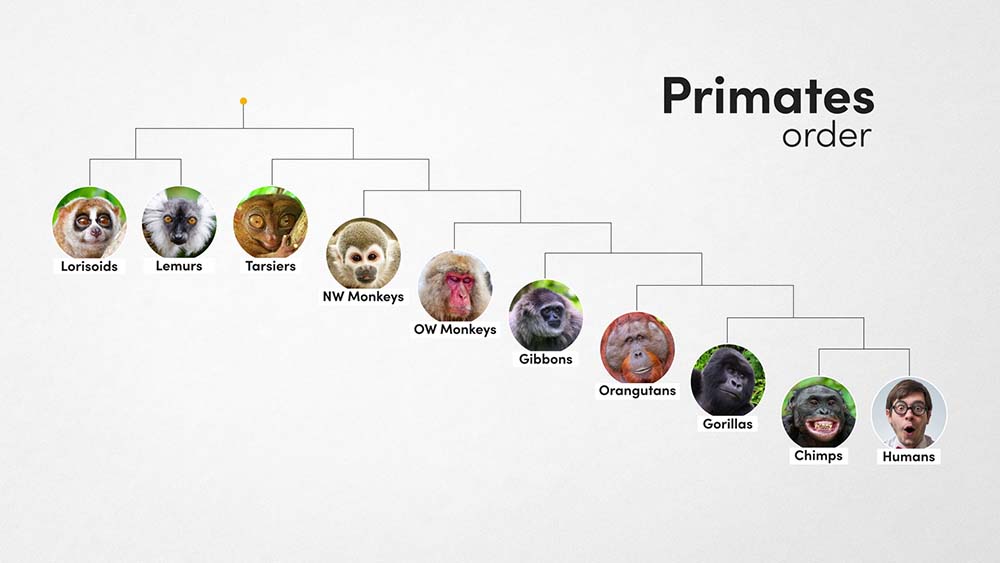
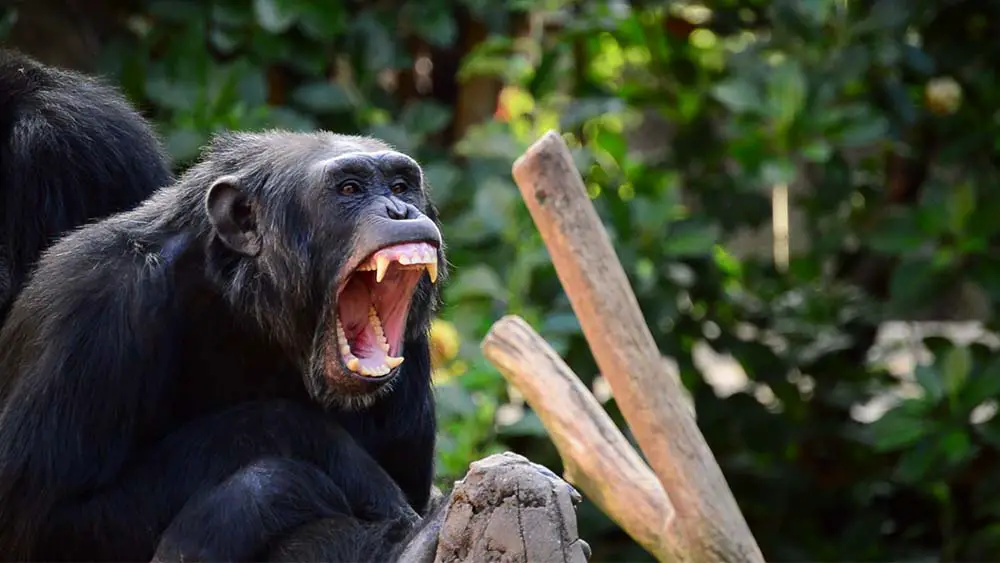
Left: Primates Order & Right: Chimpanzee showing large canines
Contents
- Early Primates
- Prosimians
- New World Monkeys
- Old World Monkeys
- Apes
Early Primates
First, let’s talk about dinosaurs. Through the Triassic, Jurassic and Cretaceous periods, dinosaurs ruled the world for 165 million years before going extinct around 65 million years ago. It is at this point the first primates arose. The ancestors of primates are thought to be small terrestrial mammals who adapted to life in the trees to feast on the increasing supply of fruit and insects. Tree shrews, a close relative to primates are often used as an example of what these early primates, known as plesiadapiformes, are thought to have looked like. From here, we evolved into arboreal specialists, developing a wide range of adaptations for life in the trees before eventually returning to the ground.
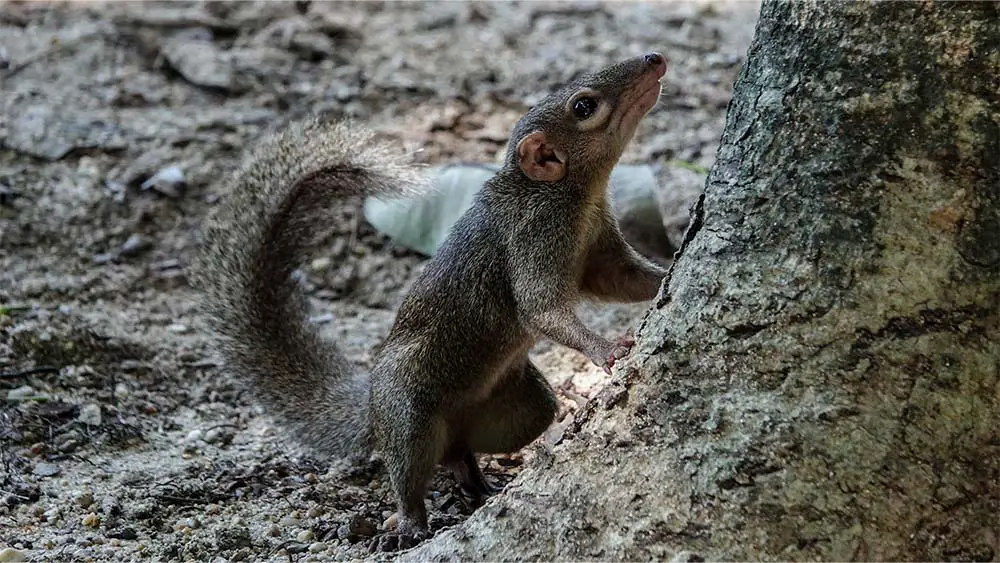
Although the majority of species alive today can be found in the world’s equatorial regions, Eocene fossil sites position the early, now extinct species at a more northerly latitude. It is worth noting that the theory of plate tectonics suggests the world was a very different place 65 million years ago, prior to North America’s migration away from Eurasia and the collision of the Indian subcontinent, which created the Himalayas.
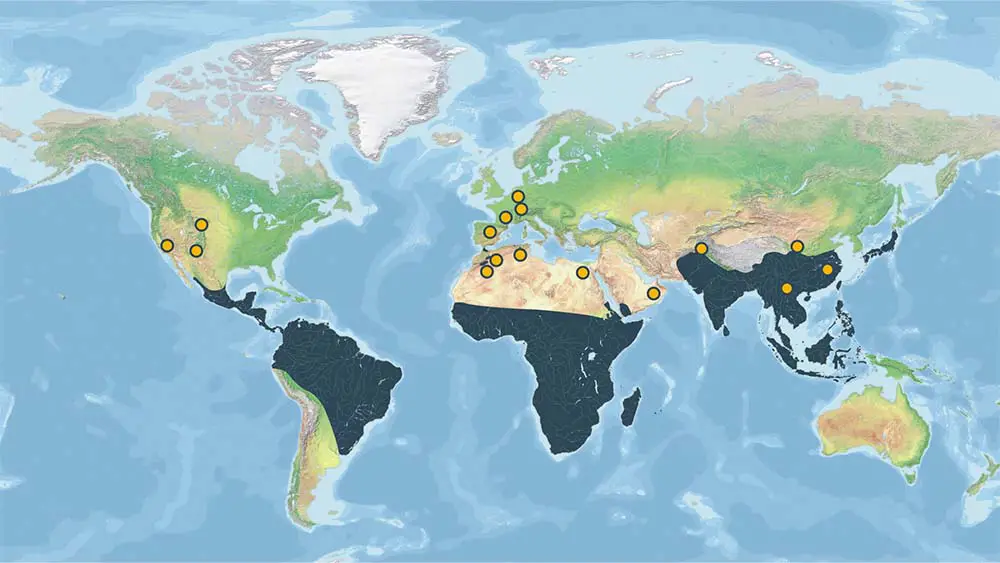
Prosimians
The most primitive extant primates are a paraphyletic group known as prosimians, which includes lorises and lemurs on one side and tarsiers on the other whose ancestors split off to become higher primates or siemens including monkeys, apes and humans. One of the first characteristics that separate even the most primitive of primates is an increase in the dexterity and sensitivity of the hands and the introduction of nails in place of claws allowing them to grip and manipulate objects. The first split in the order primates likely occurred early on, just over 60 million years ago leaving the members on either side with several common characteristics. Lorises and lemurs, known as Strepsirrhines have wet noses, facilitating an excellent sense of smell while all other primates, known as Haplorhines have dry noses and rely more heavily on other senses such as sight.
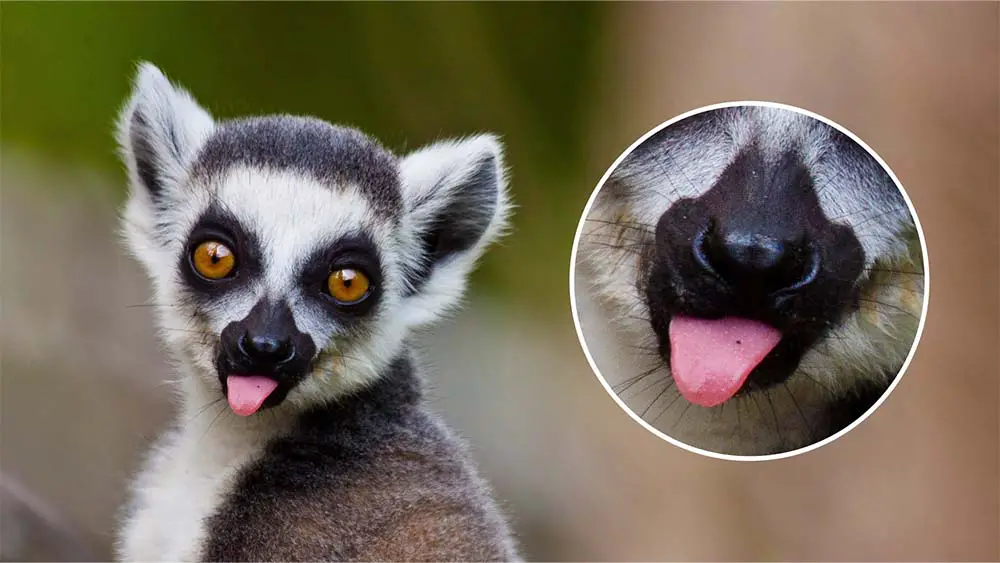
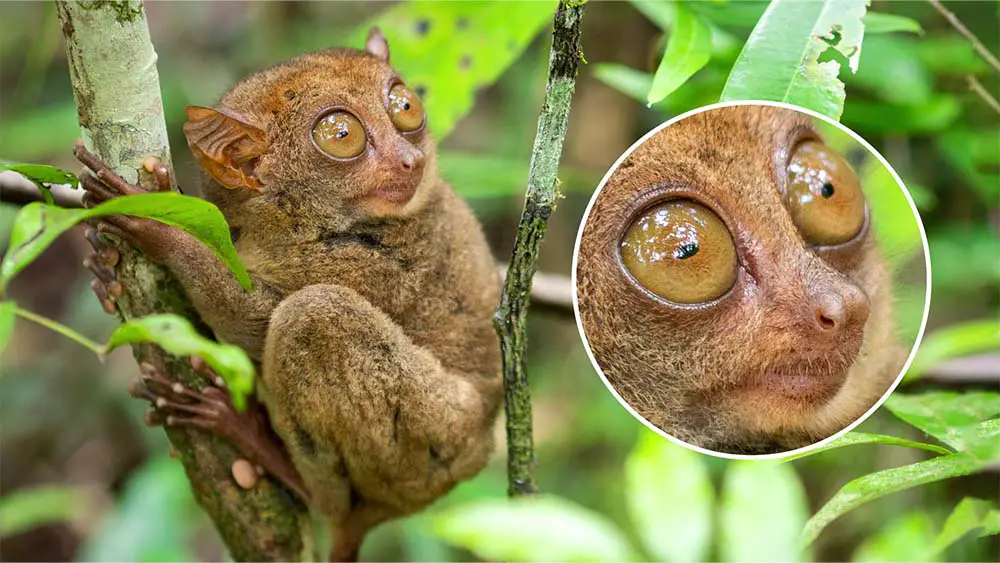
Left: Ring-tailed lemur | Jearu / Shutterstock & Right: Philippine Tarsier | R.M. Nunes / Shutterstock
After exploring mainland Africa for a few million years, the ancestors of modern-day lemurs arrived in Madagascar, where they evolved separately from other primates after migrating across the Mozambique channel on a large mat of vegetation. This concept is known as oceanic dispersal whereby terrestrial organisms are transferred across the ocean from one landmass to another. It is prudent to consider this now in a more realistic setting before we discuss the hypothesis of how new world monkeys reached the Americas.
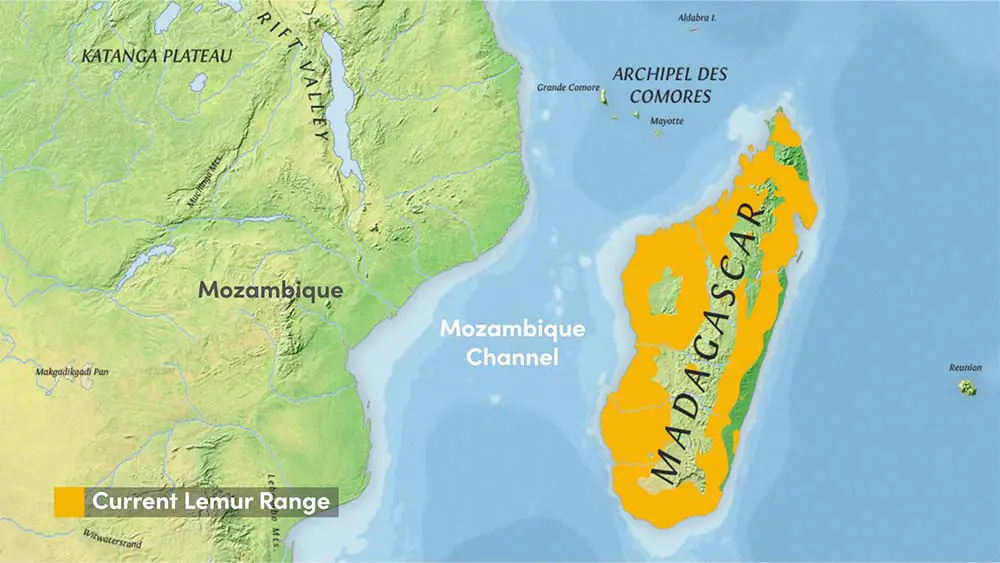
Madagascar is the fourth largest island in the world and is home to a staggering number of endemic species. Collectively, the five families of lemur contain over 100 species including some of the most beautiful primates. One of the five families contains various species of dwarf and mouse lemurs and includes the smallest of all primates, Madame Berthe’s mouse lemur, which weighs around 30 g (1.06 oz).
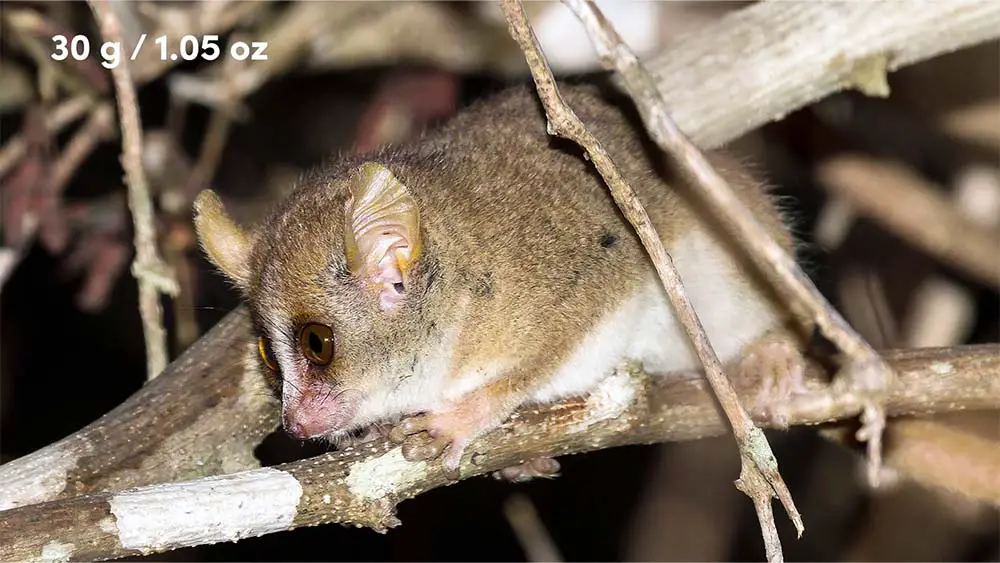
All prosimians have nails on most of their digits but exhibit grooming claws on some of their toes. In addition, lemurs and lorises have incisors that extend forward creating a tooth comb, which is also used for grooming. This is also present in close relatives such as tree shrews and colugos but not in tarsiers or any other haplorhine. While lemurs are found only on the island of Madagascar, the other Strepsirrhines have a much wider range, being found throughout Africa and Southeast Asia. They are separated into two families that differ by locomotion; the members of Lorisidae are methodical climbers, whereas those in Galagidae are more agile and are known to jump.
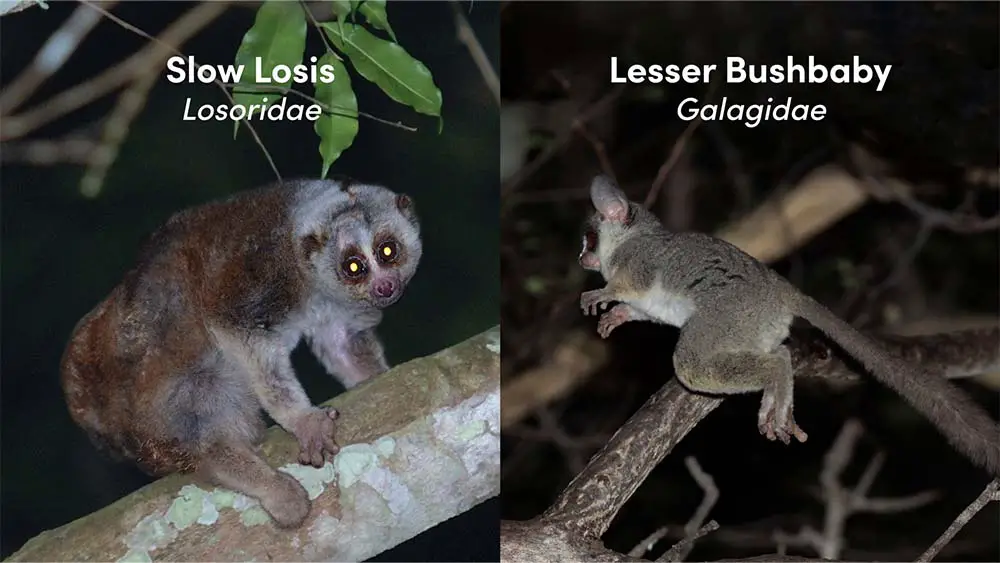
Lorisoids, like all primates, have forward-facing eyes. The ability to combine information from both eyes is known as binocular vision and facilitates better depth perception. There are various hypotheses for why primates have forward-facing eyes. For those who spend most or all of their time in the trees, depth perception is vital for survival in this environment. Predatory animals also have forward-facing eyes as it makes targeting and catching their prey much easier. Prey animals on the other hand such as zebras or squirrels for that matter, which are arboreal, have eyes on the side of their face. This gives them a much wider range of vision to spot predators but they compromise on the precision of their eyesight. It is likely a combination of our ancestors’ arboreal lifestyle and insectivorous diet that lead to our forward-facing eyes.
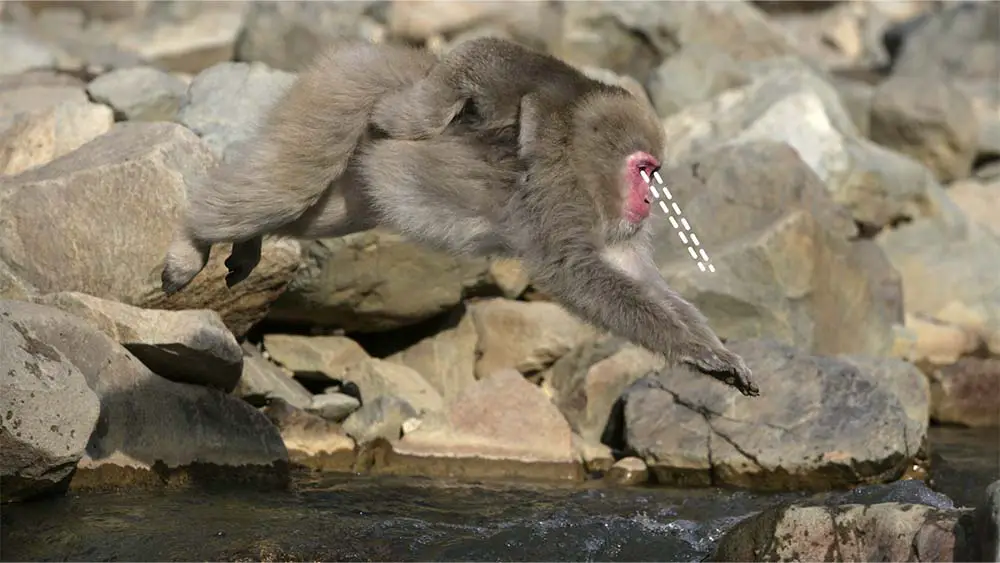
Another interesting difference between Strepsirrhines and Haplorhines is the anatomy of the skull. In lemurs and Lorisoids, the eye sockets are not fully enclosed, rather the eyes are supported by a postorbital bar. In tarsiers and all other Haplorines, there is less reliance on smell and a stronger reliance on vision leading to fully enclosed eye sockets. The fossil record indicates that Tarsiiforme primates once roamed North America, Europe, North Africa and Asia but the 13 extant species that remain are all located in Southeast Asia. They are named so for their unusually large ankle bones known as tarsals and are the only entirely carnivorous primate, preying on insects and larger animals such as snakes and lizards.
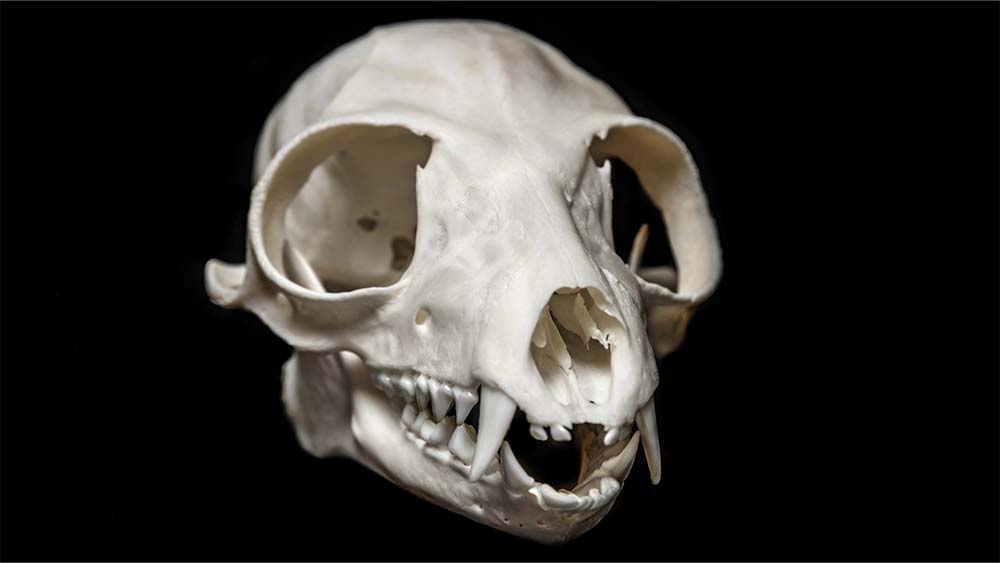
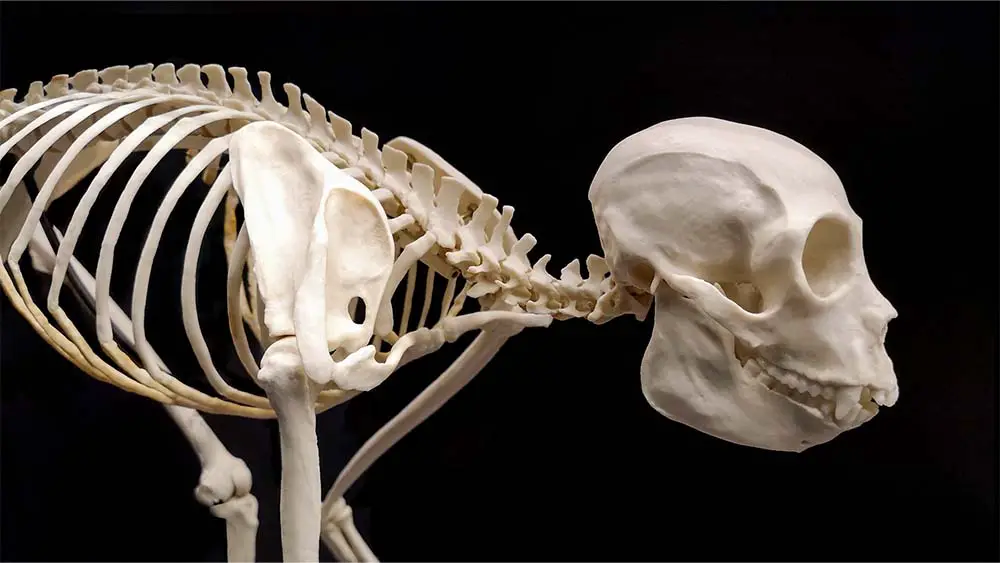
Left: Lemur Skull | Kuttelvaserova Stuchelova / Shutterstock & Right: Monkey Skeleton | Sukpaiboonwat / Shutterstock
New World Monkeys
The next split in the primate family tree occurred between 60 to 40 million years ago and is arguably one of the most interesting separating prosimians from the higher primates or simians. In a similar fashion to how lemurs reached Madagascar, it is thought that some of the early anthropoid monkeys migrated across the Atlantic on a large mat of vegetation either in one stretch or in multiple hops if sea levels were low enough to create islands or land bridges.
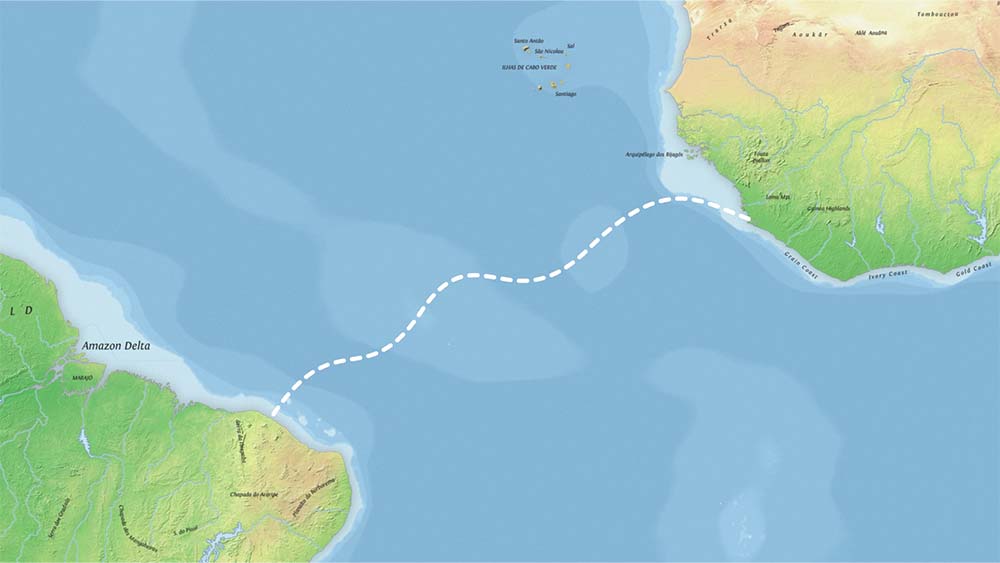
Admittedly, this theory can seem a little far-fetched so let’s explore fossils, how they’re dated, and why this evidence leads to the current hypothesis. Fossils are the remains of organisms that have been preserved in layers of rock. When an animal dies, the soft parts of the body decompose, leaving behind the hard parts such as the skeleton. Layers of sediment build up on top of the skeleton and eventually compact and turn into rock. The bones are then dissolved by water seeping through the rock and minerals in the water fill the space the bones once occupied creating fossils. There are a few different ways that scientists calculate the age of the fossils, one of which is dating the surrounding rock using an absolute dating technique known as radiometric dating.
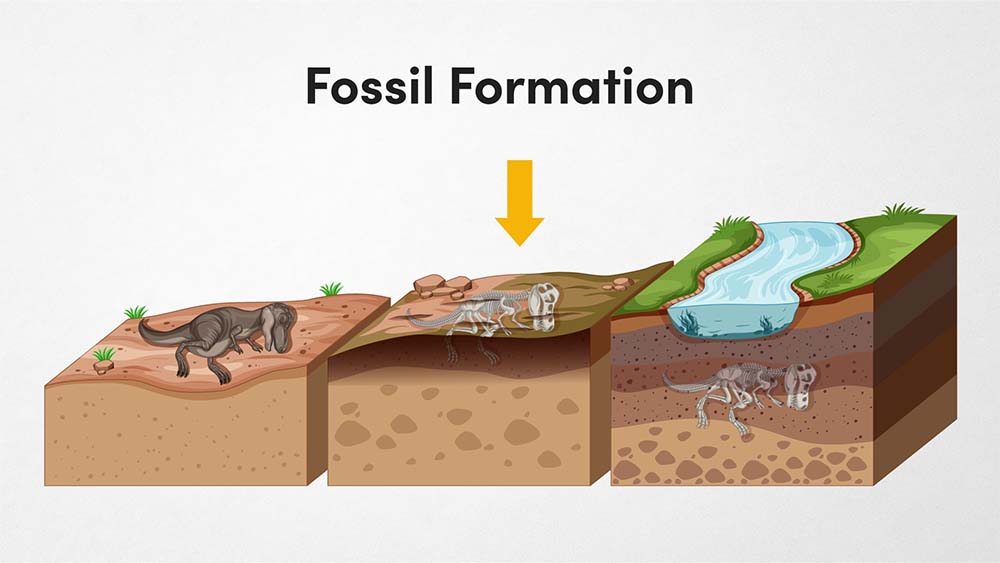
Volcanic layers contain radioactive isotopes that have a known half-life. By measuring the breakdown of these isotopes, scientists can calculate the age of certain layers and thus the approximate age of fossils contained in the rock. They are then able to determine where and when extinct species of animals lived and by studying their morphology, how they are related. This is known as the fossil record.
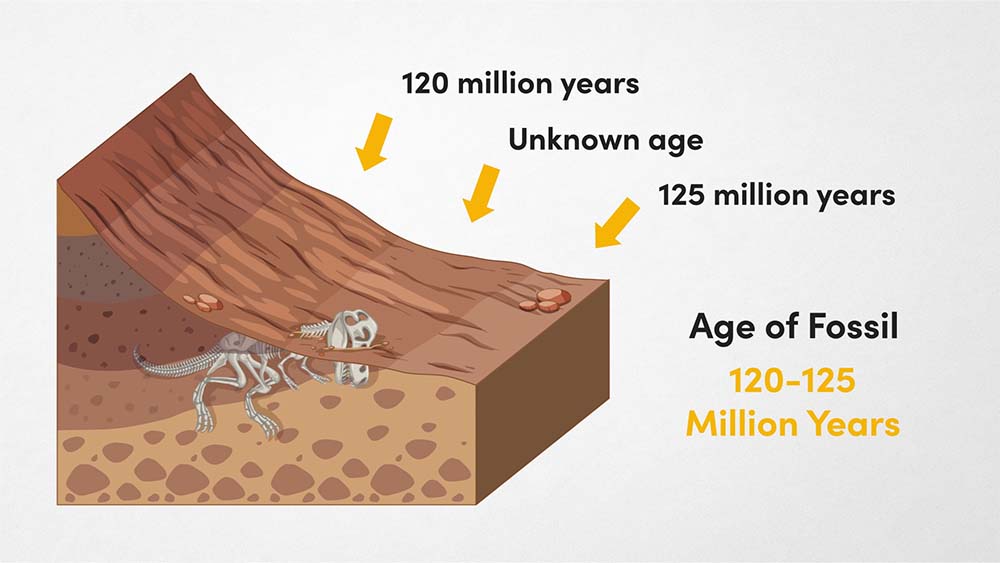
All this to say, even with significantly older primate fossils found in 2015, there is no evidence to suggest that primates were present in South America earlier than 32 million years ago. On top of this, fossil evidence suggests that the continents of North and South America were not connected until around 2.7 million years ago so there was no land route for the early primates to reach South America. It is therefore hypothesised that the ancestors of New World monkeys crossed the Atlantic ocean, the distance of which would have been significantly shorter 30-40 million years ago, on a floating mat of vegetation.
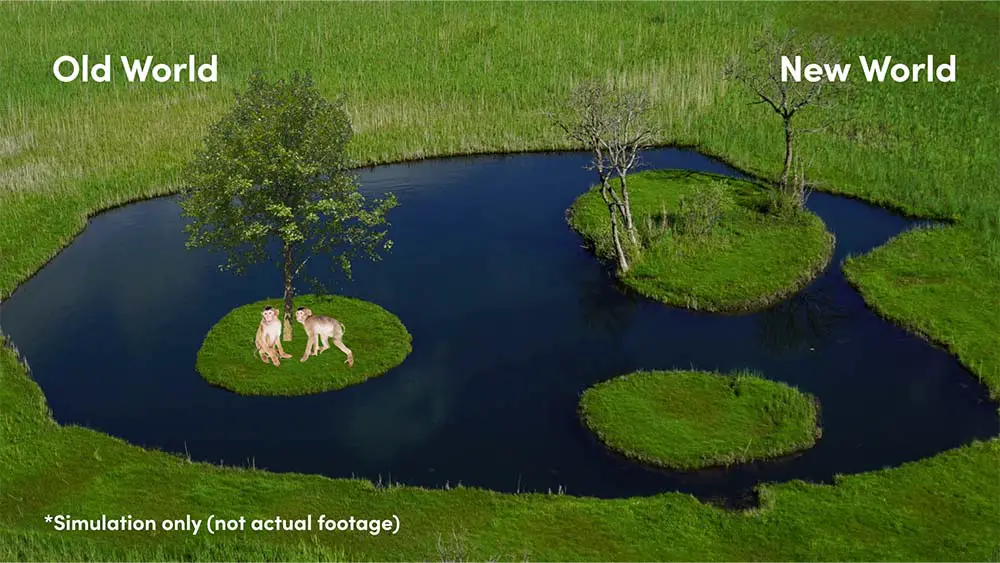
There are five families of New World monkeys almost all of which are exclusively arboreal, living in the tropical rainforests of Central and South America; Callitrichidae contains marmosets and tamarins, which are the smallest of the monkeys and are also thought of as the most primitive. Their thumbs are not opposable nor are their tails prehensile and with the exception of the big toe on each hind foot, they possess claws on all digits, allowing them to grip tree trunks with their tiny hands. Cebidae contains capuchins and squirrel monkeys, Aotidae contains the only truly nocturnal monkeys known as night monkeys, Pitheciidae contains titis, sakis and uakaris and Atelidae contains woolly, howler and spider monkeys, which are particularly unique exhibiting only four fingers and strong prehensile tails.
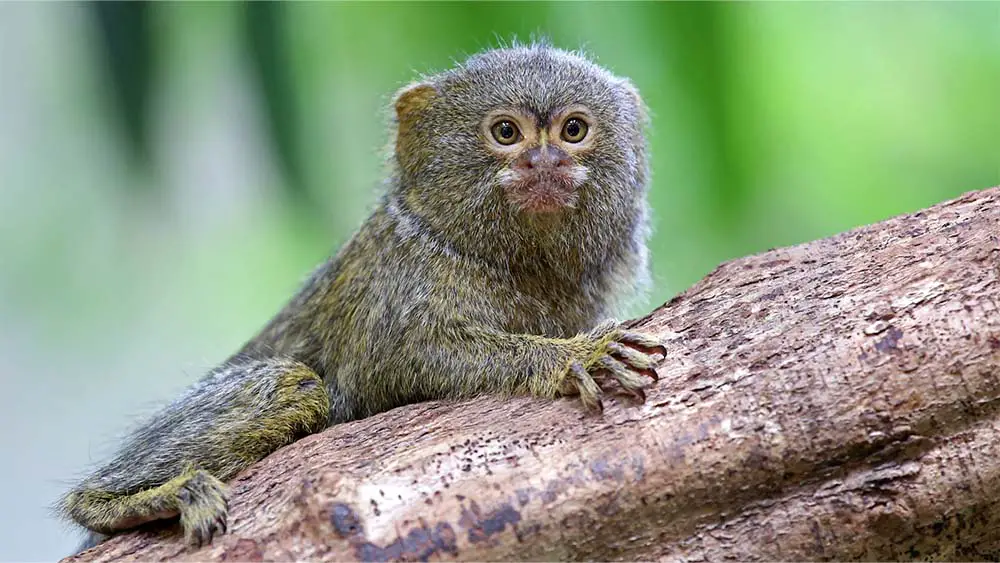
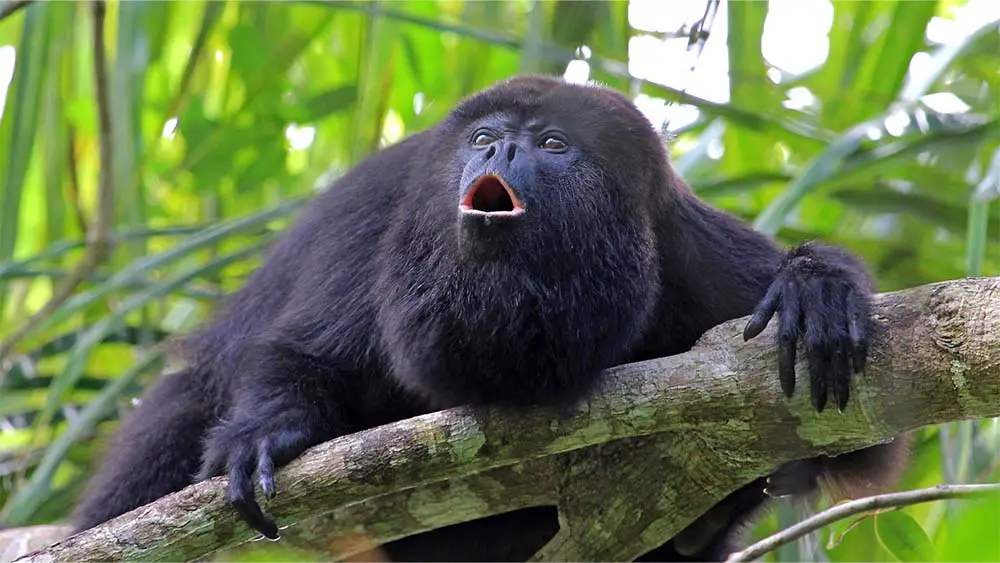
Left: Western pygmy marmoset | Pharo / Shutterstock & Right: Black or Guatemalan Howler Monkey | reisegraf.ch / Shutterstock
Old World Monkeys
This is one trait that no old-world monkey processes, in fact, macaques exhibit almost no tail at all. There are several additional characteristics that separate these two groups. New World monkeys are typically smaller, even the largest howler monkeys, which usually average no more than 25 lb (11.4 kg) are dwarfed by mandrills, the largest of the old world monkeys, which usually average no more than 55 lb (25 kg) but have been recorded at almost 120 lb (54 kg / 119 lb). Perhaps the most interesting difference is the structure of their noses; New world monkeys have a wide septum with outward-facing nostrils whereas Old World monkeys, apes and humans, referred to as catarrhines, have narrow septums and downwards-facing nostrils.
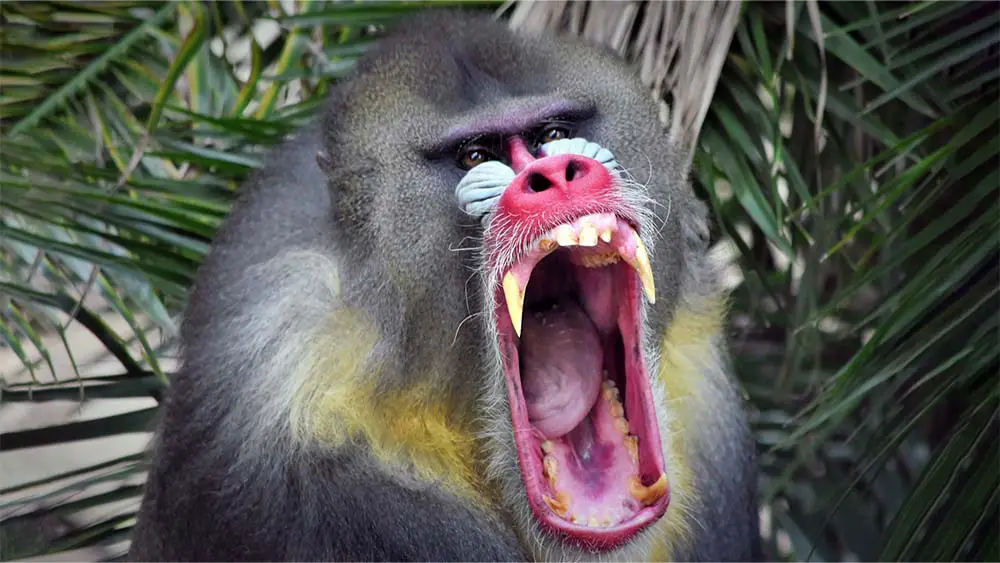
Dental structure is another area that separates monkeys in the New world from those in the old and is worth exploring quickly as all catarrhines share the dental structure of humans. Mammals have four main types of teeth; incisors sit at the front of the mouth and are used to cut, bite, nibble and strip. Canines, which are particularly prominent in male old-world monkeys and apes, are used to grab, pierce and tear. Premolars and molars sit behind the canines and are used to grind and crush, with premolars also being used to slice. In New World monkeys, the dental formula for each quadrant is 2 incisors, 1 canine, 3 premolars and either 2 or 3 molars. Catarrhines have 2 incisors, 1 canine, 2 premolars and 3 molars.
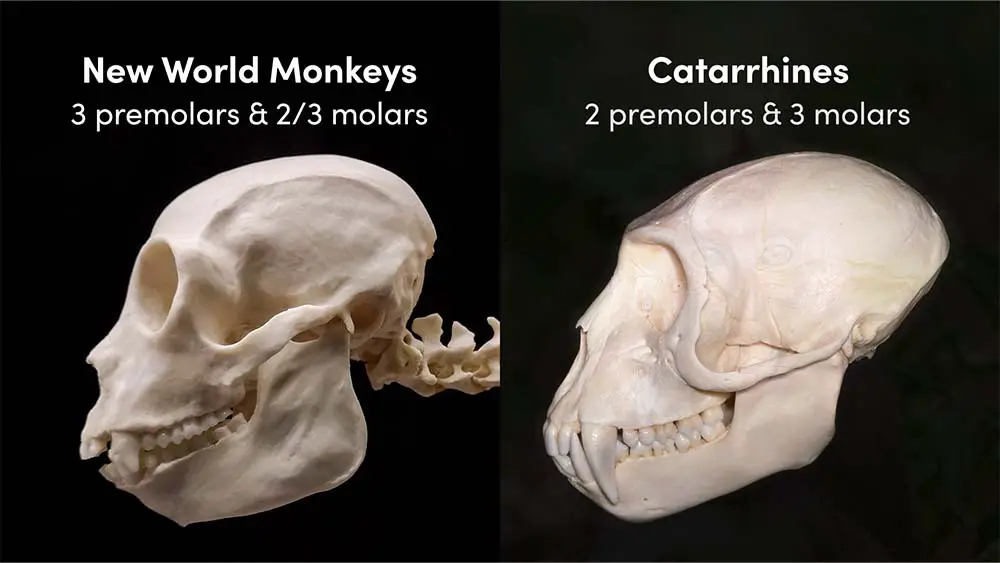
Old World monkeys are found throughout Africa and into Asia, with populations as far north as Japan and Gibraltar. Although many of these monkeys are arboreal, there is generally more time spent on the ground in the old world, and thus less of a need for a prehensile tail. The types of ecosystems inhabited by Old World monkeys are also more diverse, with species such as the baboon roaming the tropical grasslands of Africa. Many of these primates also exhibit callous sitting pads known as ischial callosities. These monkeys are all contained in one family, which is split into two subfamilies.
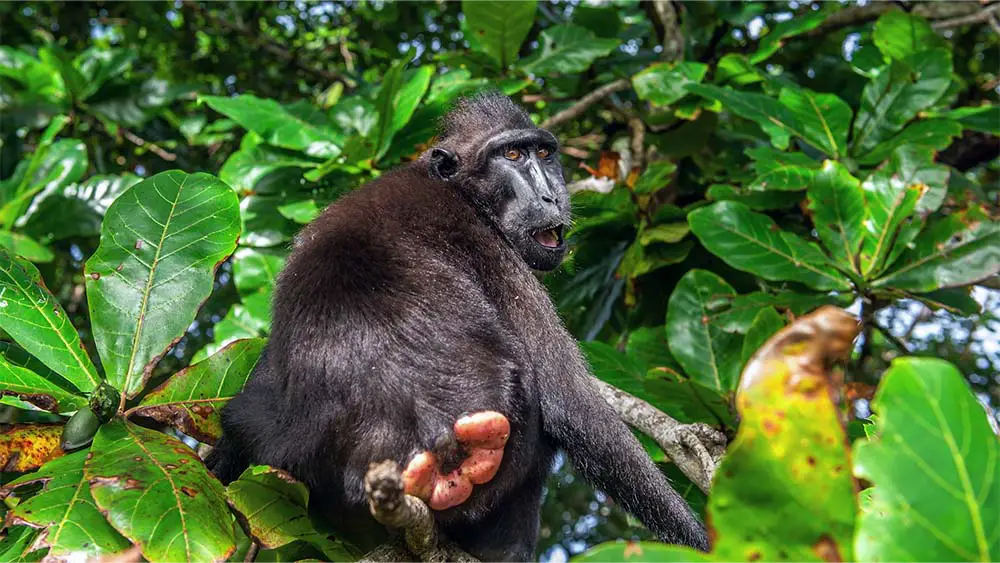
The members of Colobinae are referred to as leaf-eating monkeys and include the colobus monkeys of Africa, the langurs of Asia and a group known as the odd-nosed monkeys like the Proboscis monkey, which are also present in Asia. On the other side of the family, all of the species are found in Sub-Saharan Africa with the exception of macaques, which are found in Asia and a small population in North Africa & Gibraltar, and the Hamadryas baboon, which is found in East Africa and the Arabian peninsula. In addition to baboons and macaques, the most well-known of these primates include the mandrill, seven species of Vervet monkey and guenons, which can be quite colourful.
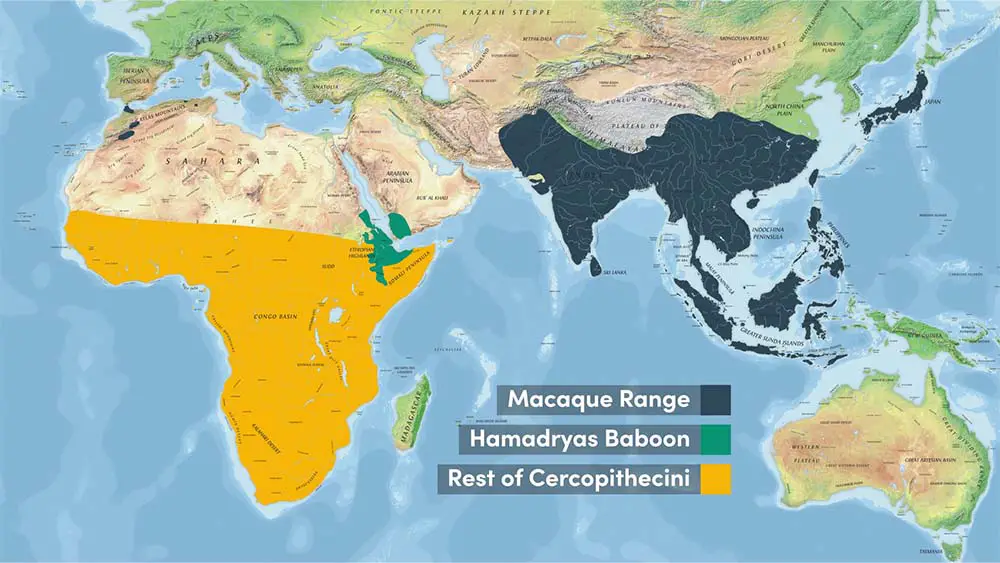
Apes
The last major group of primates to evolve are thought to have split from Old world monkeys around 25 million years ago and can be split further into two groups; lesser apes or gibbons and great apes, which are all included in the same family as humans, Hominidae. Although they are arguably the most fascinating, if we remove humans, apes make up the smallest group of primates; There are just 20 species of gibbon and 3 species of Orangutan found in Southeast Asia and 2 species of gorilla, 1 species of chimpanzee and 1 species of bonobo found in Central Africa.
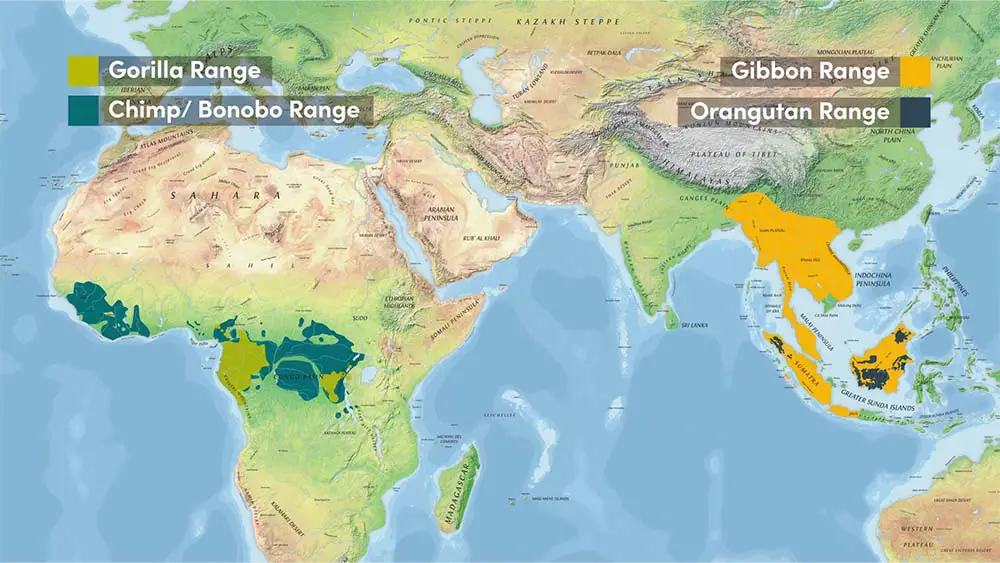
There are several physical characteristics that separate apes from monkeys; although all apes possess a coccyx, we lack the presence of an external tail. Apes are much larger than monkeys and have broader, more shallow chests. Lesser apes or gibbons are the primates arguably best suited to an arboreal lifestyle, with long arms and flexible shoulder joints that facilitate brachiation, a particularly efficient method of arboreal locomotion. However, we see a gradual progression back to shorter arms as apes adapted to a terrestrial lifestyle with chimpanzees exhibiting the most similar bodies to humans.
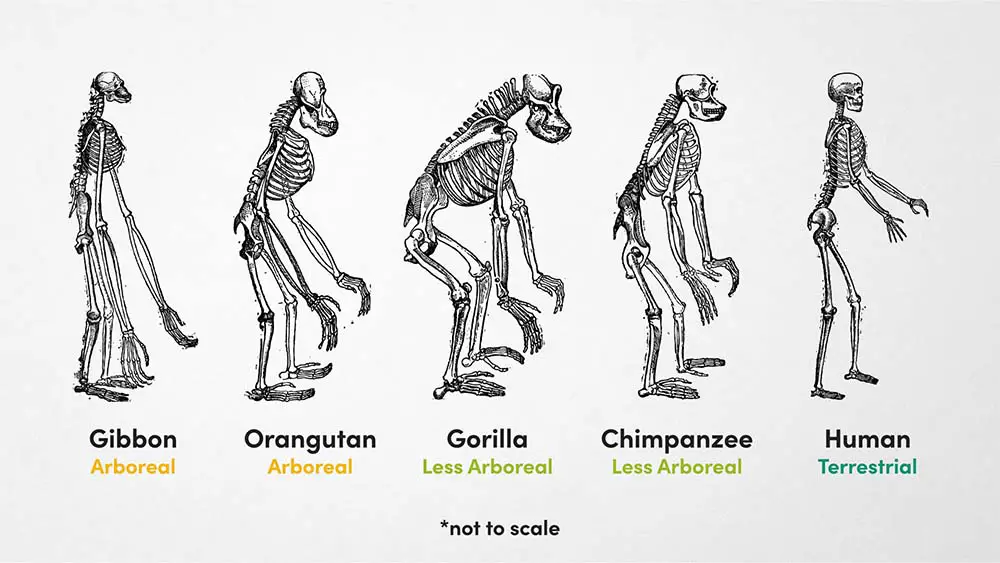
As we discussed at the beginning, it’s not just these morphological similarities that position chimps as our closest relatives. Genome sequencing has now been completed on at least one species of each of the apes and has helped us better assess how closely related we are to each species. But what exactly is genome sequencing and how does it work? Let’s start with cells. A cell is the basic unit of life. Cells combined together make tissues and tissues combined together make organs. Each cell is controlled by a nucleus, which contains 46 chromosomes, grouped into 23 pairs. Each chromosome neatly packages a long molecule of DNA.
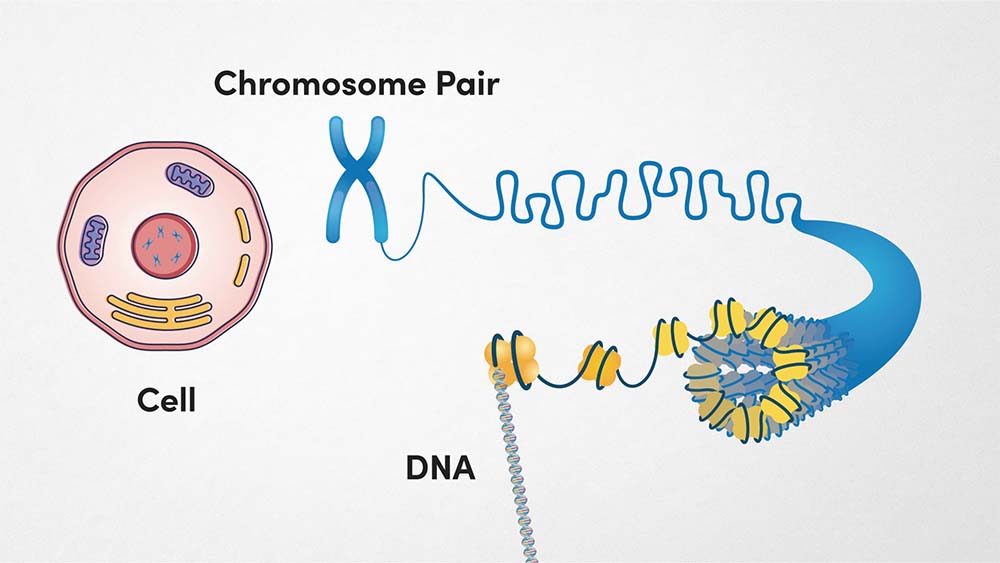
Specific sections of DNA are referred to as genes and provide each cell with instructions on how to function and thus how to develop and maintain our bodies. Genes are hereditary and are passed on from our parents who in turn got their genes from their parents. This is why we look similar to our relatives. We can measure how genetically similar we are to other people or other animals thanks to the structure of DNA.
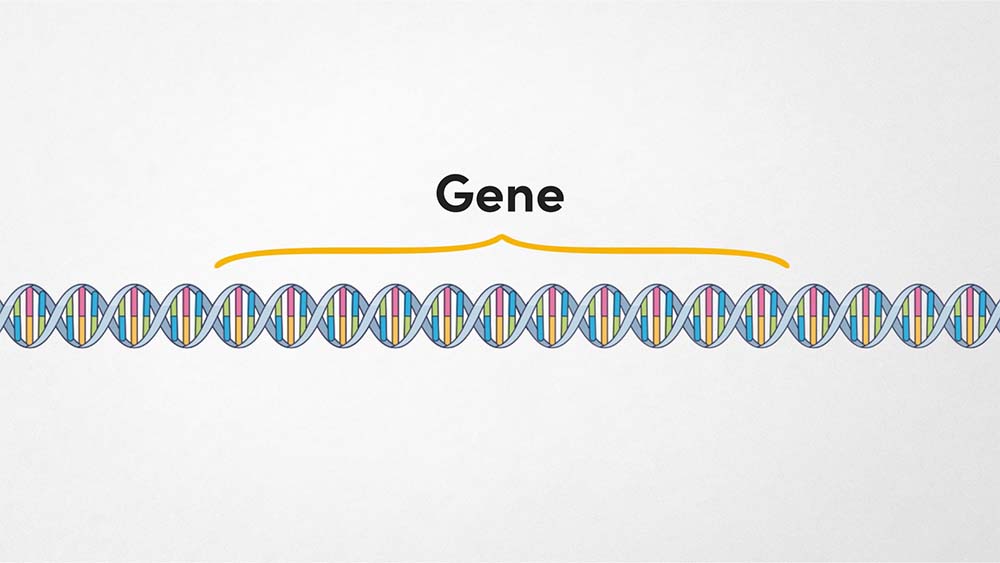
You’ve probably seen elaborate animations of the shape of DNA, which looks similar to a coiled ladder. To understand genome sequencing, the most important part of this structure is the pairs of bases that make up each rung of the ladder. There are 4 possible combinations AT, TA, GC, and CG. Human DNA contains 3 billion base pairs, the vast majority of which are in exactly the same sequence; we all have 5 fingers on each hand with nails, the structure of our skeleton is more or less proportioned the exact same way etc… However, it is small differences in these sequences that give us our eye colour, our height and other physical characteristics passed down from our relatives.
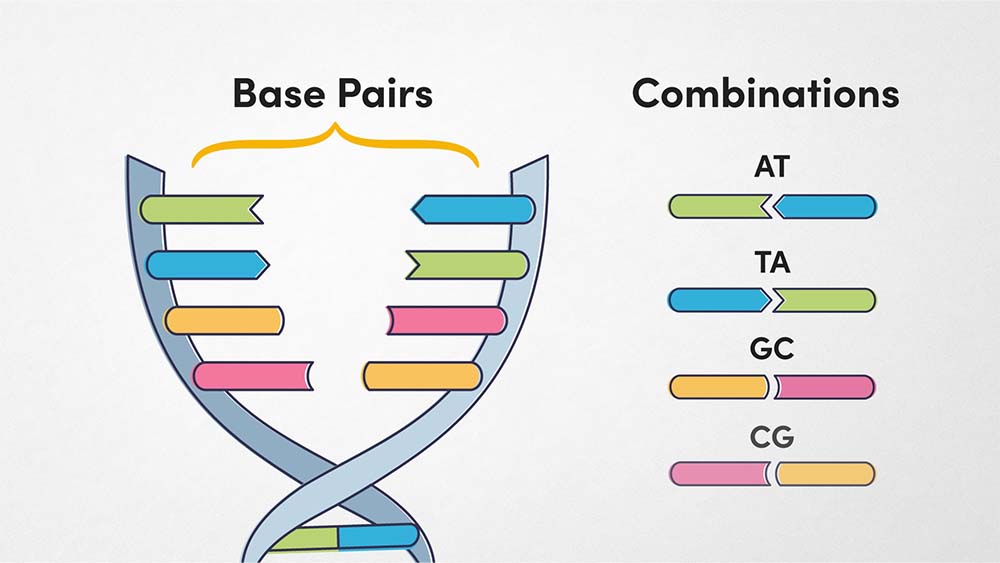
A genome is a complete set of our genetic code, the sequence of all 3 billion base pairs. Once this sequence has been analysed and recorded, we can compare genomes to see how genetically similar we are to other organisms. It is because of this scientific breakthrough that we are able to more accurately understand the evolution of primates. All humans share around 99.9% of either other’s DNA. Chimps are the most similar species with almost 99% similarity, gorillas are a close second with 98%, orangutans third with 97% and gibbons bringing up the rear with 96%. These are your closest relatives.
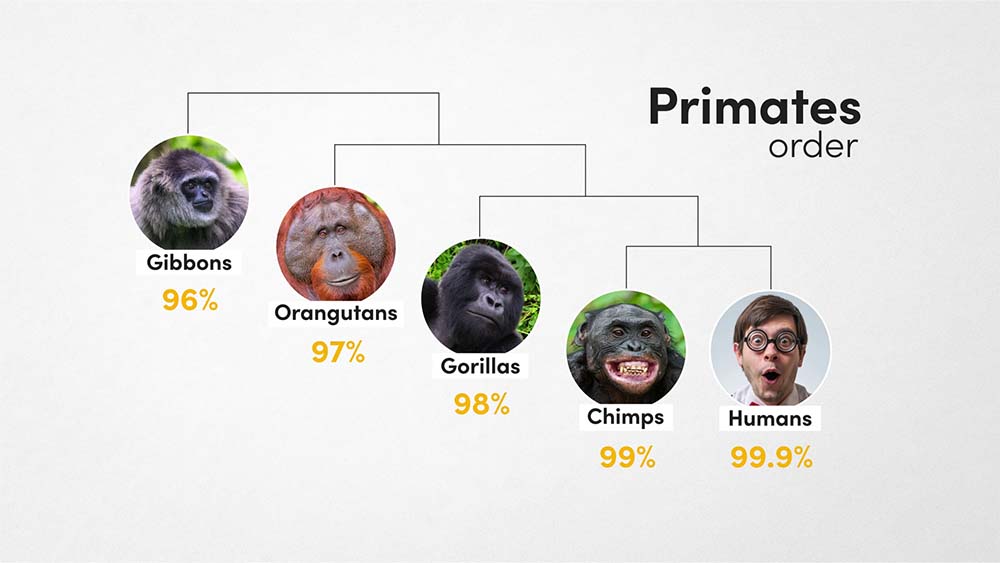
Sources
Encyclopaedia Britannica, Animal Diversity, Wikipedia, Taxonomy and General Characteristics of Primates, Duke University – Primate Evolution’s Tangled Tree, PBS – Your Place in the Primate Family Tree, Chimp genome sequencing, Bonobo genome sequencing, Common ancestry, The evolution of primates, primate evolution, hominini, Timing & distribution of early primate species, Dinosaur extinction, Creation of the Himalayas, Human evolution, Morphology of Primates, Why primates have forward-facing eyes, Predator/prey vision difference, How fossils are formed, How fossils are dated, dating rocks and fossils, New world monkey migration, monkeys rafting the Atlantic, future species rafting, important fossil sites, Homo Erectus fossils, Fossil evidence of the Great Biotic Interchange, Rafting dispersal of terrestrial animals, New world monkey ecology, Where anthropoids originated, Mammalian teeth, Orangutan fossil evidence, primate genetic differences, orangutan genome, gibbon genome, DNA, identical twins DNA, genome, genetics, the Structure and Function of DNA & human genome
